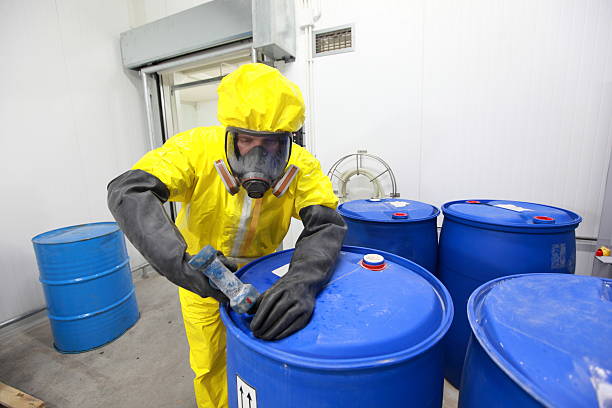Dibromomethane

Parameter Type: Drinking Water Testing for Volatiles
Parameter Name: Dibromomethane
What it is and Where it Comes From:
Dibromomethane is used as a solvent, gauge fluid, and in organic synthesis. It is a convenient agent for converting catechols to their methylenedioxy derivatives. It is naturally produced by marine algae and liberated to the oceans. Releasing on soil causes it to evaporate and leach into the ground. Releasing in water causes it to be lost mainly by volatilisation with a half-life of 5.2 hours. It has no significant degradation biological or abiological effects. In the atmosphere it will be lost because of reaction with photochemically produced hydroxyl radicals. The estimated half-life of this reaction is 213 days. Drinking water testing gives you several benefits like peace of mind, identifying contaminants in your water, and insight into health concerns. Safe Home offers Laboratory drinking water testing kits for dibromomethane, allowing you to collect your water sample and ship it directly to our EPA-Certified Laboratory. This platform of drinking water testing for dibromomethane will give you an accurate level based on the lowest level of a parameter our instruments can detect (Method Detection Level). Safe Home drinking water testing for volatiles can be used for city and well water supplies. Drinking water testing should be done any time you notice a significant change in your water quality.
Health Effects:
Short-term effects of exposure to dibromomethane can cause headaches, nausea, weakness, tremors (“shaking”), dizziness and convulsions (“fits”). Long-term effects of dibromomethane may damage the male reproductive glands. Other long-term effects can damage the kidneys and affect the liver. Repeated exposure may cause damage to the brain and nervous system including poor vision, mental confusion, personality changes, hallucinations, tremor, pain or numbness of the arms and legs, problems with speech and coordination, and loss of balance.
Solutions to Contaminant Levels:
You have completed the drinking water testing process, what Is the next step? A filter with granular activated carbon (GAC) is a proven option to remove certain chemicals, particularly organic chemicals, from water. GAC filters also can be used to remove chemicals that give objectionable odors or tastes to water such as hydrogen sulfide (rotten eggs odor) or chlorine. Reverse osmosis is a process that removes foreign contaminants, solid substances, large molecules, and minerals from water by using pressure to push it through specialized membranes. Here’s how reverse osmosis works. Unlike osmosis, which is a passive process, reverse osmosis requires external force (pressure) to work. Pressure is applied to a highly concentrated solute solution, such as salt water, to pass through a membrane to a lower concentrate solution. The membrane allows water to flow through but blocks out larger molecules, like contaminants. The reverse osmosis process leaves higher concentrations of solute on one side and only the solvent, or freshwater, on the other. Who do I need to contact to find out more information about water quality in my area? Every community water supplier must provide an annual report to its customers, known as a Consumer Confidence Report (CCR). The report provides information on your local drinking water quality, including the water’s source, contaminants found in the water, and how consumers can get involved in protecting drinking water. How often does the local public water system preform drinking water testing? Frequency of drinking water testing depends on the number of people served, the type of water source, and types of contaminants. Certain contaminants are tested more frequently than others, as established by the Safe Drinking Water Act. You can find out about levels of regulated contaminants in your treated water for the previous calendar year in your annual Consumer Confidence Report (CCR).


